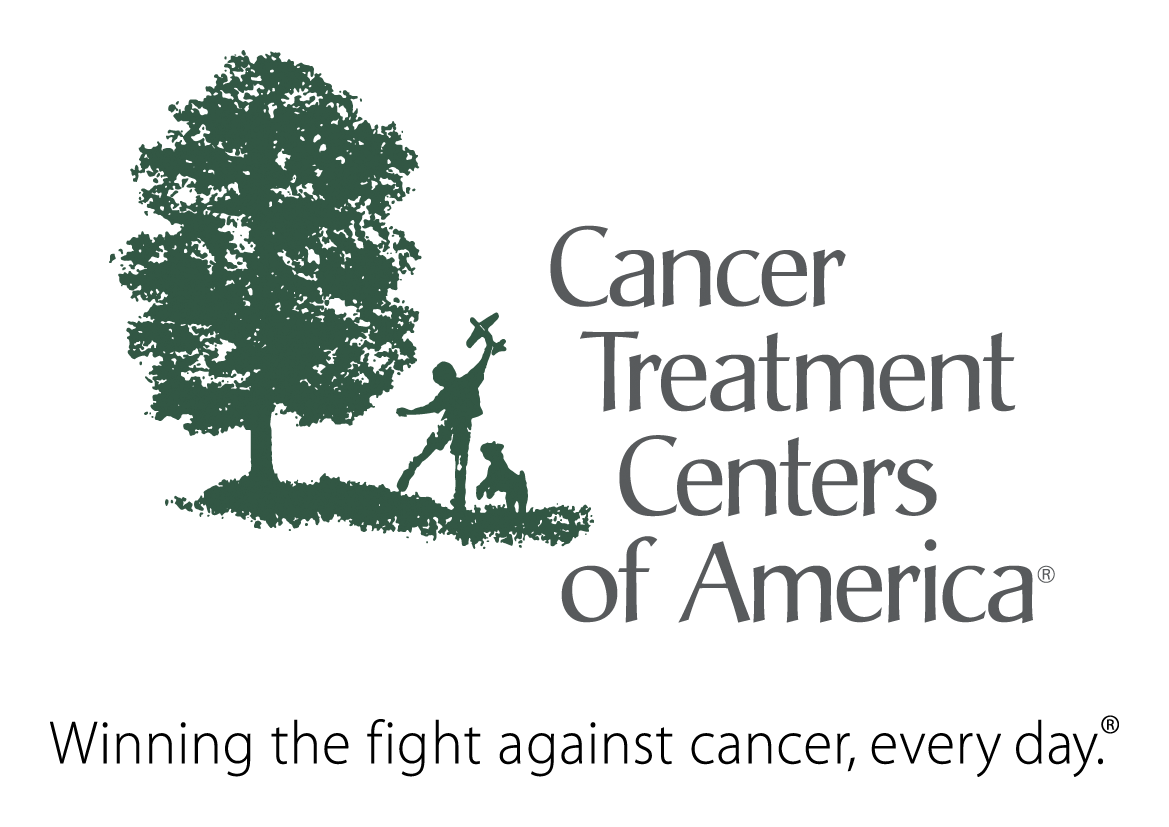Results for: Antioxidant
The Top Ten Pet Supplements: Do They Work?
An Embarrassment of Riches? Much has been written here about the dietary supplement business, a multibillion dollar industry with powerful political connections, and about the woeful inadequacy of regulation which allows widespread marketing of supplements without a solid basis in science or scientific evidence. The veterinary supplement market is a pittance compared to the human market, but still a billion-dollar pittance that...
Spreading the Word
Lest some of our readers imagine that the authors of this blog are mere armchair opinion-spouters and keyboard-tappers for one little blog, I’d like to point out some of the other things we do to spread the word about science and reason. Steven Novella’s new course about medical myths for “The Great Courses” of The Teaching Company is a prime example: more about...

Diet Supplements or Nutritional Supplements: A Ruse by Any Other Name is Still a Ruse
Nutritional and diet supplements aren't food, nor are they medicine, and they aren't regulated in a meaningful way. But they might be dangerous.
Simply Raw: Making overcooked claims about raw food diets
This week, I plan on taking on something that’s been sitting near the bottom of my “to do list” for several weeks now. Indeed, readers have been sending me links since November or so to what will be the topic of this week’s post, but something somehow has always managed to push it aside each weekend when the time came to sit...
Vitamin E and Stroke
One of the recurrent themes of science-based medicine is that any medical intervention that can plausibly cause physiological benefit can also plausibly cause physiological harm. There is no such thing as “it can’t hurt.” Sometimes the risk may be minuscule – but we should never assume that it is zero. Being “natural” or “holistic” or being blessed with some other alleged marketable...

Life Extension: Science or Pipe Dream?
Can a pill keep you young? Many pills, potions, spells, and lifestyles have been promoted as cures for aging, but so far none have worked out.
Sunscreen in a Pill?
I’ve previously described the consequences of acute and chronic sun exposure, and the rationale for topical sunscreen products. But wouldn’t it be easier to just take a pill that can boost our skin’s resistance to to the harmful effects of the sun? Is it possible to get all the benefits of sunscreen without the bother of creams, or even clothing?

Cancer Treatment Centers of America and “naturopathic oncology”
EDITOR’S NOTICE: NOTE THE DISCLAIMER. On “wholistic” medicine If there’s one aspect of so-called “alternative medicine” and “complementary and alternative medicine” (CAM) is that its practitioners tout as being a huge advantage over what they often refer to sneeringly as “conventional” or “scientific” medicine is that — or so its practitioners claim — alt-med treats the “whole patient,” that it’s “wholistic” in...
The genetics of autism
Autism and autism spectrum disorders (ASDs) actually represent a rather large continuum of conditions that range from very severe neurodevelopmental delay and abnormalities to the relatively mild. In severe cases, the child is nonverbal and displays a fairly well-characterized set of behaviors, including repetitive behaviors such as “stimming” (for example, hand flapping, making sounds, head rolling, and body rocking.), restricted behavior and...
Raw Meat and Bone Diets for Dogs: It’s Enough to Make You BARF
Some of the most rewarding interactions we have with our pets involve food. Most dogs respond with gratifying enthusiasm to being fed, and this activity is an important part of the human-animal bond. Providing food is also part of the parent/child dynamic that in many ways characterizes our relationships with our pets. Giving food is an expression of affection and a symbol...

